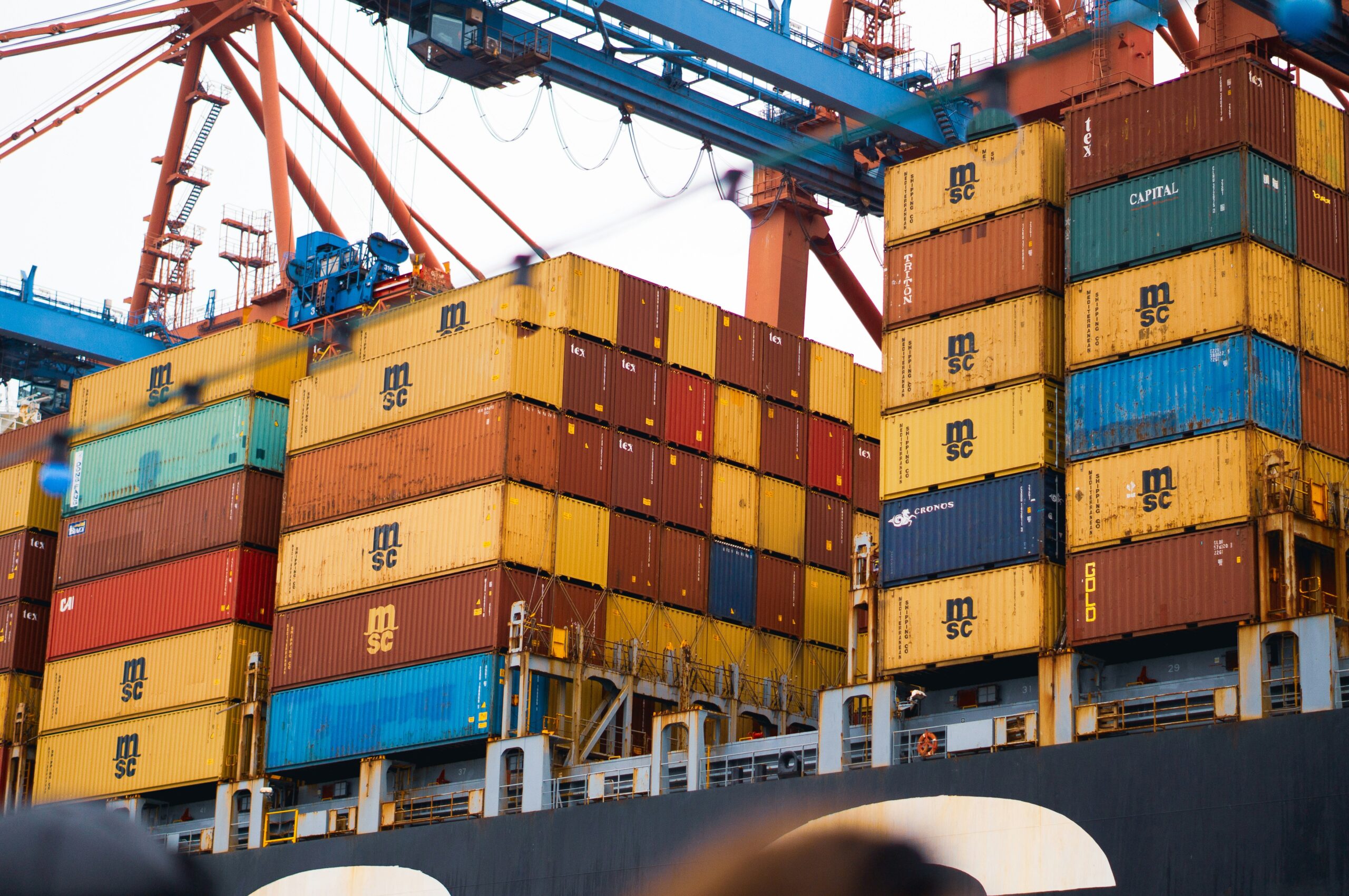The import sector in India is an important part of the economy, accounting for nearly 20% of the country’s GDP. India imports a wide range of goods from around the world, including machinery, electronics, chemicals, and textiles. India has seen a significant increase in imports in recent years, with the value of imports rising from $310 billion in 2018 to $365 billion in 2019. This increase is largely due to the country’s growing demand for imported goods, as well as its rising trade with other countries. To further encourage imports and benefit the economy of the country, the state applies different types of import taxes and exemptions on foreign items. This article contains the details regarding these tariffs and breaks.

Import taxes
Duty is levied on all importation into India. The toll is levied at the moment of entry and is compensated by the buyer. The primary goal of import duties is to shield Indian sectors from inexpensive foreign products. The Goods and Services Tax (GST) is imposed on all commodities at a rate of 10% of the item’s value. There is also the Incorporated GST or IGST, which is attached to the price of the imported products plus any relevant surcharges. In addition to the basic GST levies, a surtax known as the GST Compensation Cess is incurred. The GST Cess is a tax levied on the supply of some notifiable items, which are typically in the luxury and low-value subgroups.
Types of import taxes
Following are the basic types of import duties in India.
Basic custom duty
In India, all shipments must be evaluated at the BCD, which can range from 0% to 100%. The exact number of the charges will be determined by several variables, two of which are the country of source of goods and the ways of making the items. Certain items, such as electronic products, may be exempt from customs duty, in which case the BCD rate is zero.
Special addition tax
Few shipped wares are beholden to a SAD at the rate of 4%, whereas their locally made equivalents are subject to sales tariff. This guarantees that local manufacturers are not disadvantaged. SAD is calculated by adding the taxable worth of the goods and other payments made.
Countervailing
Countervailing taxes in the country range from 0-4%. Countervailing duties are imposed on supplies for which rewards such as tax relief or incentives are provided in the nations where they are manufactured. These duties are intended to keep these products from being unjustly preferred over indigenously manufactured products.
Customs handling fee
Custom handling levy in India is 1%, however, depending on the value of the individual product, you can either pay a fixed or computer-based amount of custom duty.
Integrated goods and services
The IGST was implemented in 2017. It consolidated some other taxation into a single category. To maintain a balance between foreign and domestic items, IGST is taxed on foreign goods at different rates, such as at 5%, 12%, 18%, or 28%.
Import tax exemptions
To facilitate the growth of this vital sector, the Indian government has implemented a range of tax exemptions. These exemptions are designed to reduce the cost of importing goods and services, thereby encouraging international trade and investment.
The most common type of exemption in India is the Special Economic Zone (SEZ) scheme. This scheme allows companies that are located in a designated SEZ to benefit from reduced taxes, including exemptions from import duties. The scheme also provides incentives for businesses to invest in the country, such as tax holidays and other benefits. Additionally, the government has also implemented a range of other tax exemptions, such as those for certain types of goods and services, as well as those for specific industries.



